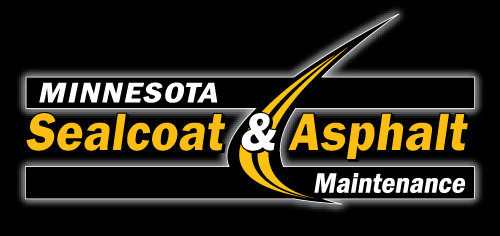PATCHING - - - THERMAL AND MILLING

Damage from failed base and sanitation truck

Milled and prepared for hot asphalt overlay

Larger pot hole repaired

Damage from failed base and sanitation truck
Preventing further damage
Applications, both thermal and milling
- Thermal Patching
Traditional patching which involves cutting asphalt, removal of debris, install of new asphalt and then roller vibration packing the new asphalt into place.
Thermal Patching involves heating the damaged area to the point where the asphalt can be manipulated by raking, add new asphalt and spray heated older asphalt with rejuvenation materials and then vibration rolling the area for a brand new, seamless patch.
- Benefits
-
Watertight Protection: Our crack fill prevents further deterioration of the ground beneath your pavement by blocking damaging surface moisture.
-
Hot is Better: Our hot seal application allows for better adhesion to the sides of the crack compared to a cold seal treatment.
-
More Flexible: Our crack fill material is highly elastic, allowing the seal to expand and contract with the thermal movement of the crack.
-
No Mess: Our crack fill material will not track or pick up with traffic.
- Milling and Filling Method of Patching
Milling asphalt is done via a Bobcat with a planar attachment. This way of repairing asphalt consists of milling down the asphalt to a specific depth, removing the millings and install hot fresh asphalt to compact vibration rolling. Minnesota Sealcoat and Asphalt has done thousands of square feet of mill and fill just last year alone. This is a very fast, effective and permanent repair of the asphalt surface and is the preferred way of dealing with large areas of damaged asphalt or a large number of smaller damaged areas.
We can control the depth of the milling. For Residential, we recommend 'Thermal Patching' far more often than Milling, however, there are times when this type of repair is the only way to repair the surface. Residential drives typically have 2-3 inches of asphalt and in these cases, we often will mill as deep as the base and start the patch with all new asphalt.
On commercial jobs, milling deeper than two inches may be required depending on the damaged area and the thickness of the asphalt lot. On some occasions, we will mill 4-6 inches deep depending on the severity of the damage and if the base needs to be repaired before new asphalt is installed.
Once the patching is completed, your pavement is ready for a fresh seal coat or re-striping of the lot markings! On new asphalt installation patching such as milling and new asphalt installed, we recommend a month for the new asphalt binders to cook off via the UV from the sun before applying sealcoat. Striping a new area or lot can be done shortly after.
If your surface has pot holes, "alligator skin" cracked areas, or has major issues where the asphalt is gone, these two patching options will handle most of your needs. Request a free estimate from MSAM, or contact us for more information.
Vi
LOUD - This is raw footage and can be loud. Please adjust your sound before watching.

